Top 10 U.S. military news of 2019: NASA to buy rifles, Boeing unveils F-15EX, scientists develops liquid metal and more
NASA will acquire semi-automatic rifles, a mysterious version of Abrams tank was spotted in Romania, and other U.S. military stories you may have missed during this year’s nonstop news cycle.
We take a look back at some of the U.S. military’s biggest news stories.
As the year winds down it’s a great time to reflect on the top stories of the past 12 months. This is the last installment where we look at the stories that shaped this year.
NASA to buy semi-automatic rifles.
First of all, this is a story about NASA, which captured the popular imagination of thousands of people: U.S. space agency has announced plans to buy a lightweight, 5.56×45mm, magazine-fed, gas-operated semi-automatic rifle designed to perform multiple uses under various conditions.
This rifle, according to notice, shall be versatile as well as reliable and shall be engineered for a wide variety of applications, to include military/law enforcement.
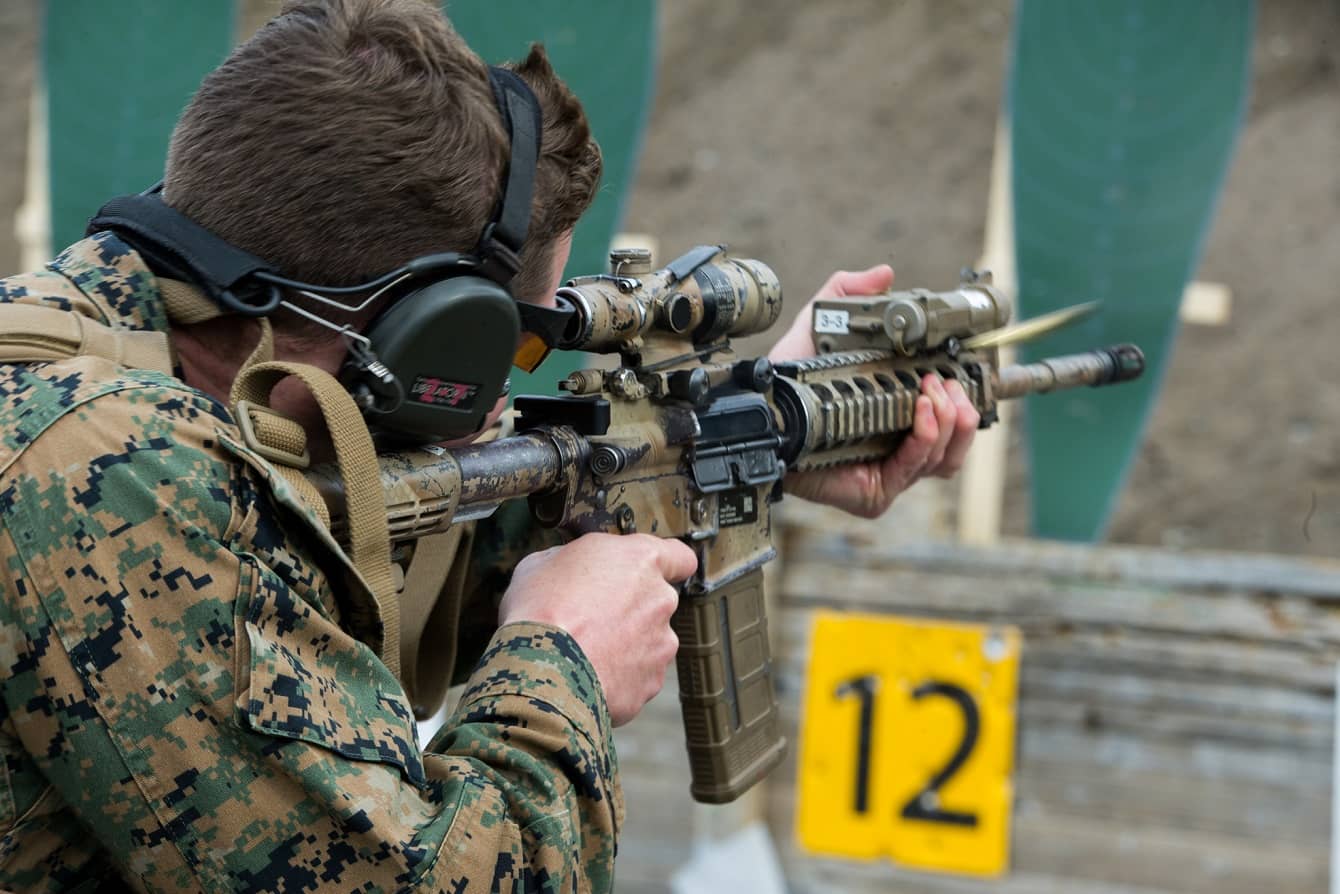
U.S. Air Force scientists developed liquid metal which autonomously changes structure.
U.S. military scientists also have developed a “Terminator-like” liquid metal that can autonomously change the structure, just like in a Hollywood movie.
The scientists developed liquid metal systems for stretchable electronics – that can be bent, folded, crumpled and stretched – are major research areas towards next-generation military devices.
Conductive materials change their properties as they are strained or stretched. Typically, electrical conductivity decreases and resistance increases with stretching.
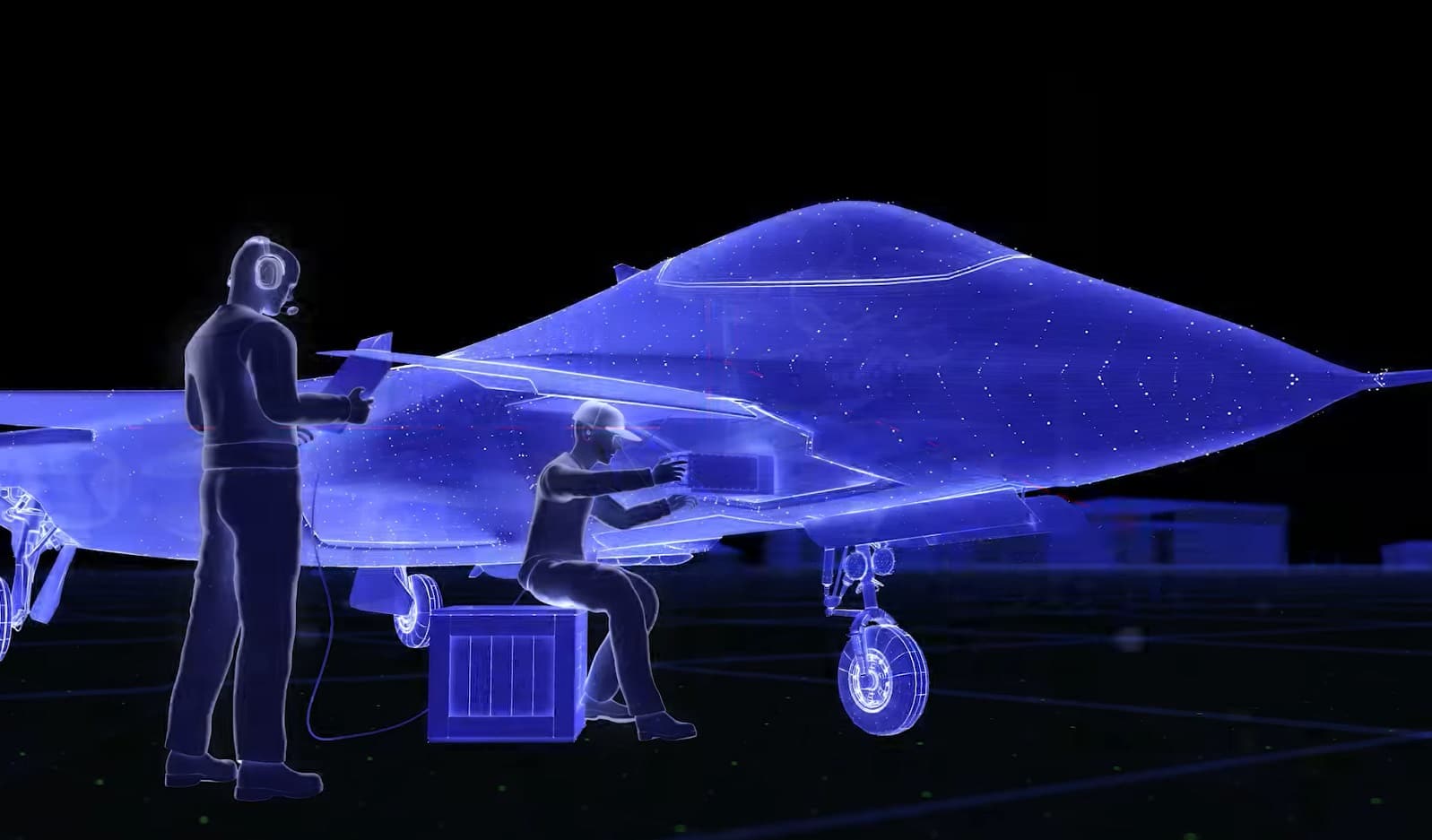
Bell unveiled the displayed mock-up of its new futuristic rotorcraft, called the 360 Invictus.
Bell, part of American conglomerate Textron, displayed mock-up of its new rotorcraft, 360 Invictus, during the Association of the United States Army (AUSA) National Conference.
This advanced aircraft will have a transformative impact through next-generation flight performance, increased safety and greater operational readiness—all to deliver decisive capabilities.
Bell has decades of experience providing attack and reconnaissance aircraft to the warfighter, such as the Kiowa Warrior which delivered high reliability and availability through more than 850,000 flight hours. The Bell 360 Invictus design builds from that legacy, Bell’s commercial innovations, and from the success in the development and manufacturing capabilities required for Future Vertical Lift (FVL) as part of the Joint Multi-Role Technology Demonstration (JMR TD) over the past six years.
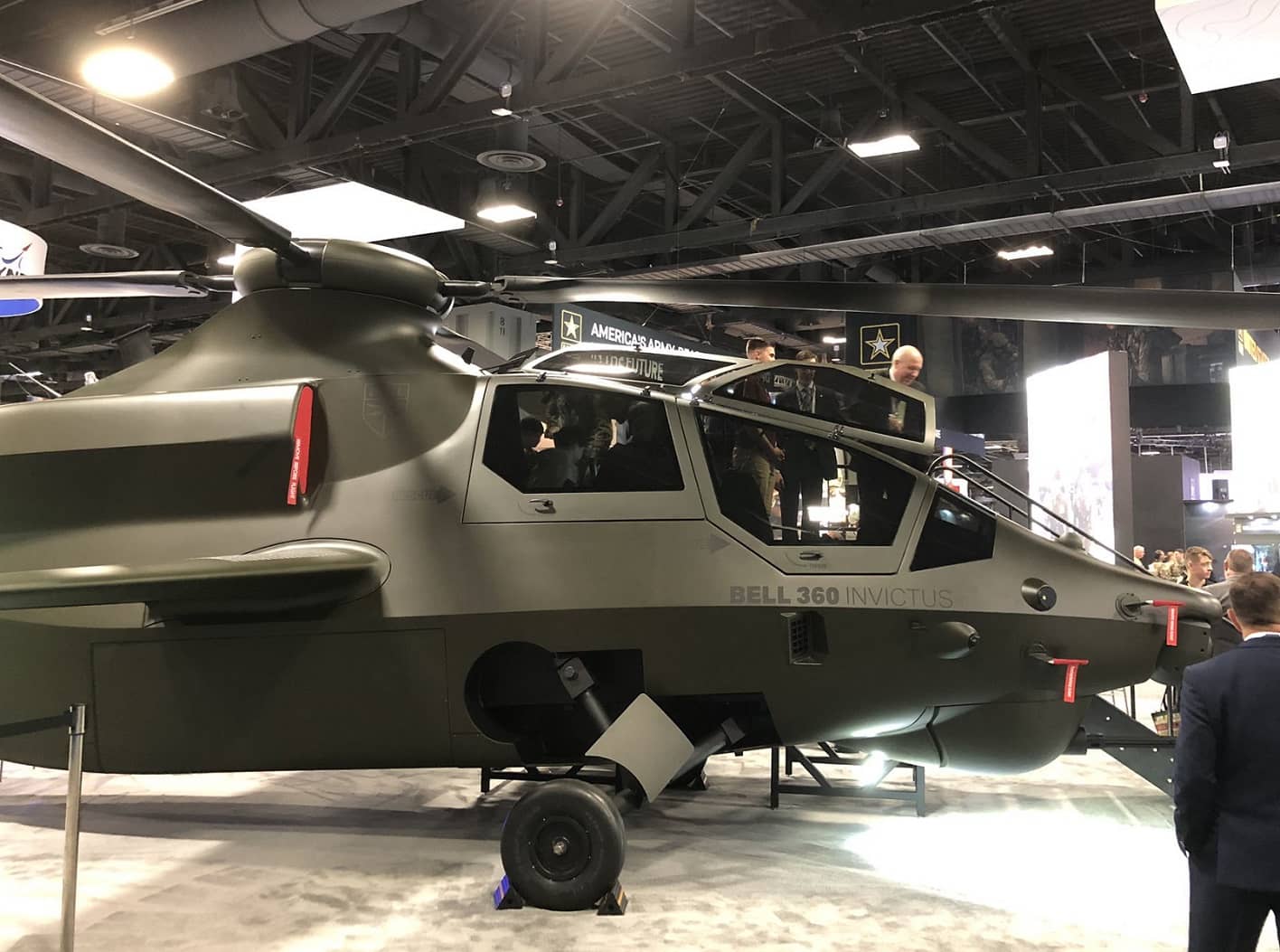
Mysterious version of Abrams tank spotted in Romania
The mysterious version of the M1 Abrams tank was spotted during the opening ceremony for multinational exercise Justice Eagle 19 at Smardan Training Area, Romania, May 29, 2019.
During this exercise, the U.S. Army has unveiled an advanced version of M1 Abrams tank equipped with visual modifications to simulate having the Trophy active protection system mounted on the vehicles.
“The visual modifications, which are the same size and weight of the actual system, are being used so that the unit can provide feedback to the Department of Defense concerning the impact of the system on vehicle maneuver, crew situation awareness, and ability to engage targets,” noted by U.S. Army Europe Public Affairs.
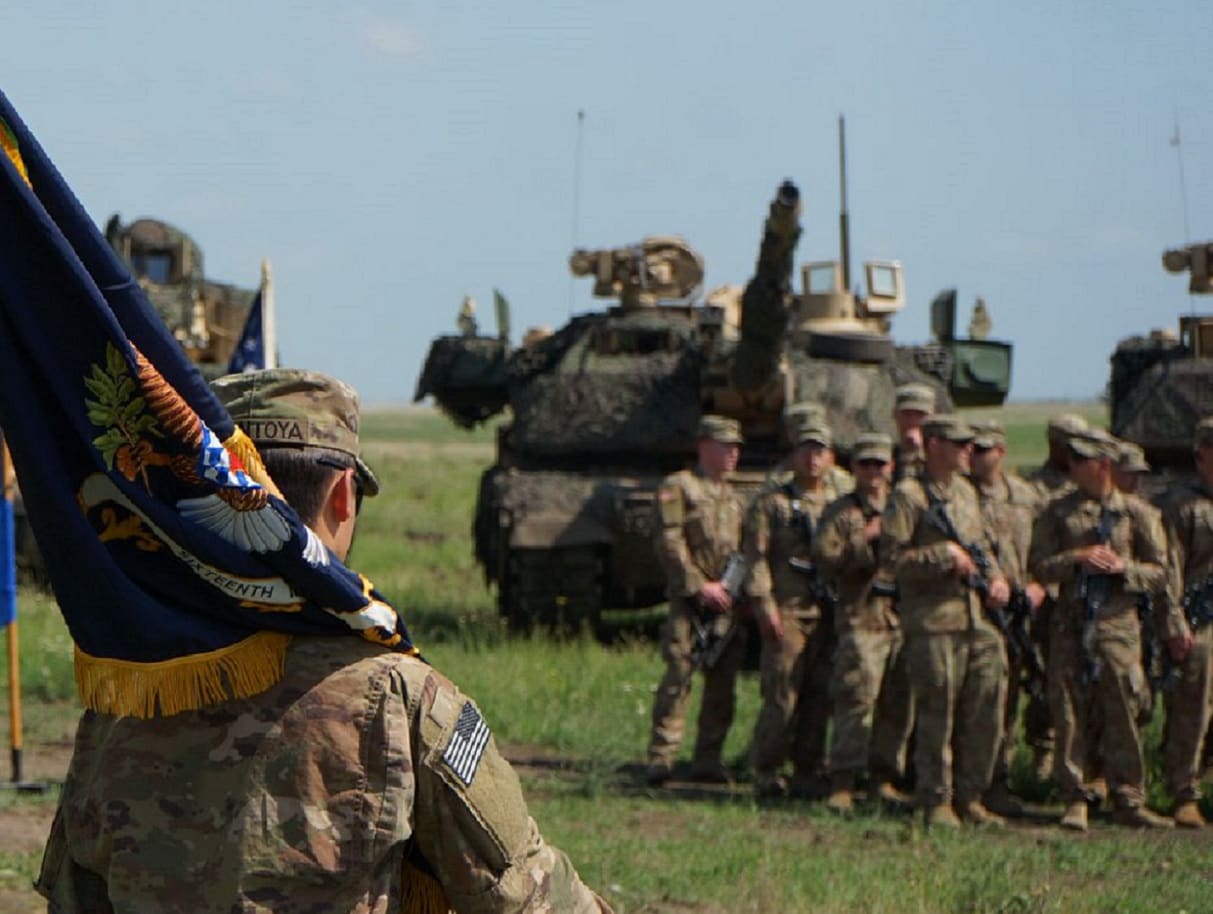
Boeing releases video of newest F-15EX fighter jet
Boeing posted a short promo video of a new fighter jet on social media pointing that new combat aircraft will be equipped with World’s fastest computer, Fly-by-wire controls, and leading-edge electronic radar.
The company’s website said the Boeing’s F-15EX is the most cost-effective, ready, advanced solution to meet U.S. Air Force capacity requirements and add capability to the fleet. Driven by Boeing’s active production line, the next-generation jet enables pilots and mechanics to transition in a matter of days as opposed to years while delivering unmatched total life cycle costs.
The F-15EX will carry the full array of air-to-air, air-to-ground and maritime strike weapons. The aircraft can engage a multitude of targets on any given mission.
The Advanced F-15’s design architecture facilitates affordable, low-risk integration of new weapons.
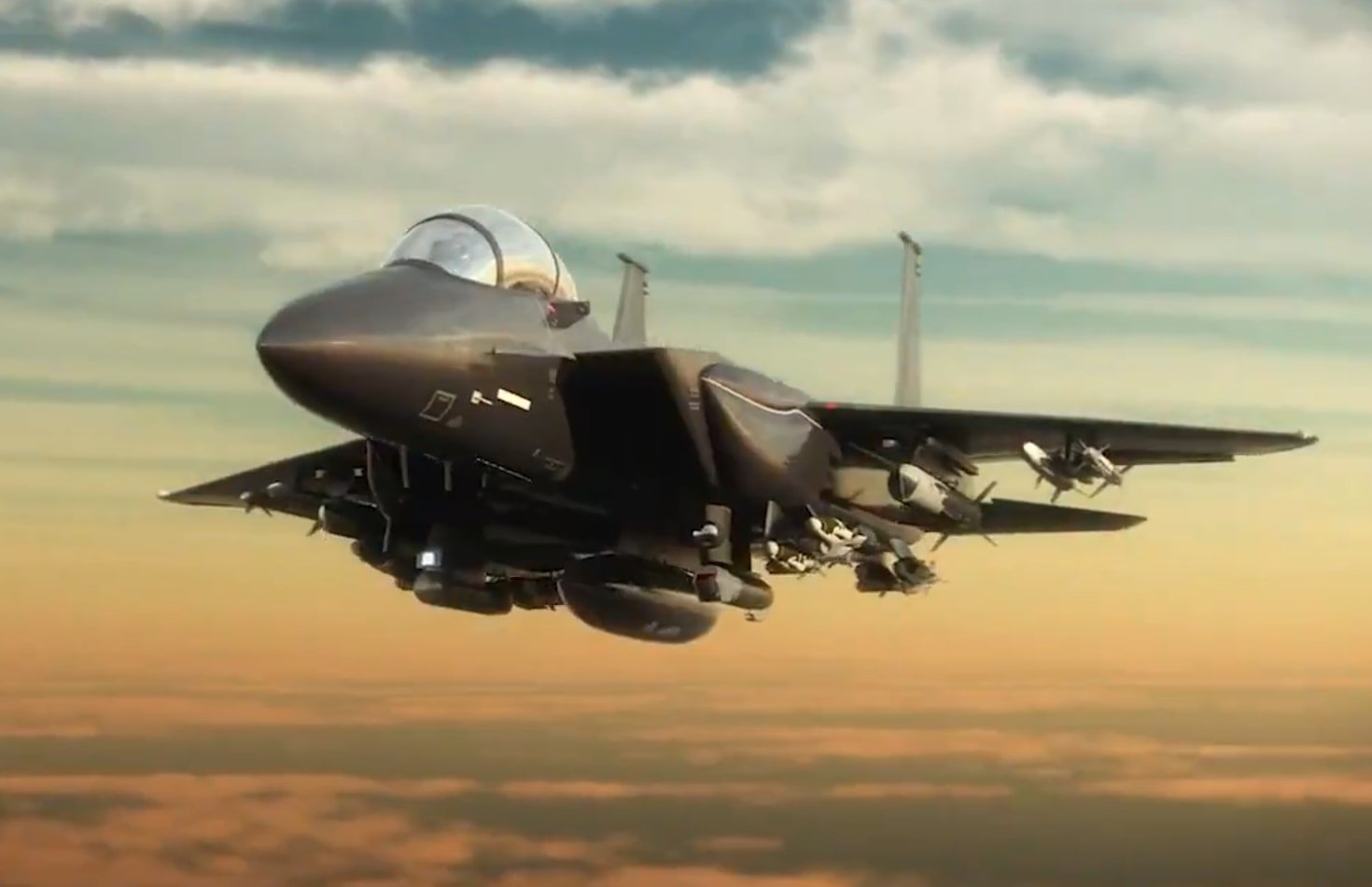
Pentagon conducted first flight test of land-based cruise missile
Pentagon conducted the first flight test of a conventionally configured ground-launched cruise missile.
“On Aug. 18, at 2:30 p.m. Pacific Daylight Time, the Defense Department conducted a flight test of a conventionally configured ground-launched cruise missile at San Nicolas Island, Calif,” said in the announcement.
The test missile exited its ground mobile launcher and accurately impacted its target after more than 500 kilometers of flight.
“Data collected and lessons learned from this test will inform DOD’s development of future intermediate-range capabilities,” said in the DoD.
Officials stressed that the missile is designed to carry a conventional and not a nuclear payload.
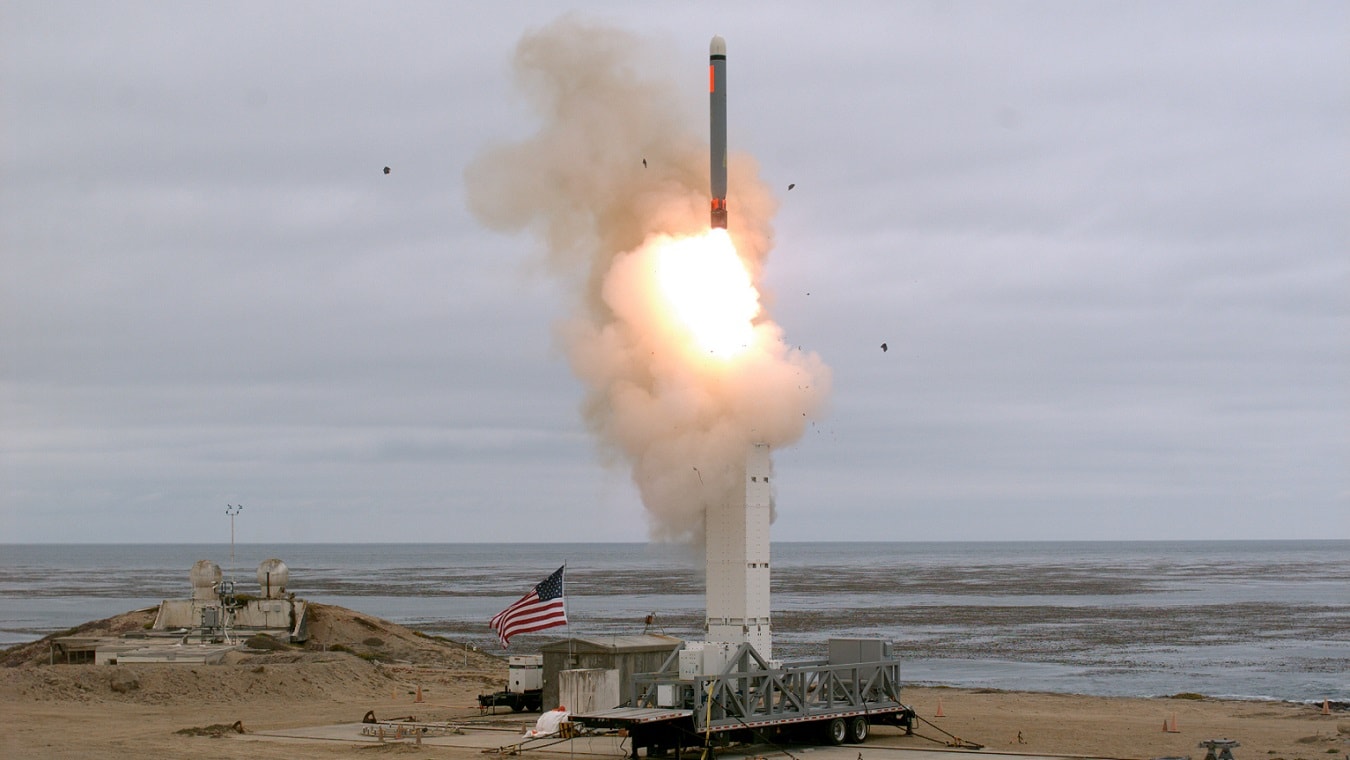
Leaked photos showed new U.S. Army super cannon in stunning detail
New leaked photos are giving military experts and analysts a first detailed look at the advanced U.S. Army 155mm self-propelled howitzer that equipped with huge XM907 58 caliber cannon.
The new 155mm self-propelled howitzer is developed under Extended Range Cannon Artillery, or ERCA, project and is funded by Armament Research, Development and Engineering Center’s science and technology office.
The U.S. Army’s extended-range artillery system designed to increase the range and rate of fire on current and future M109A7 self-propelled howitzers. Compared to its predecessors, a new artillery system will receive two leading-edge technology – a new XM1113 rocket-boosted shell and a longer howitzer 58 caliber cannon increases range from 38km to 70km+.
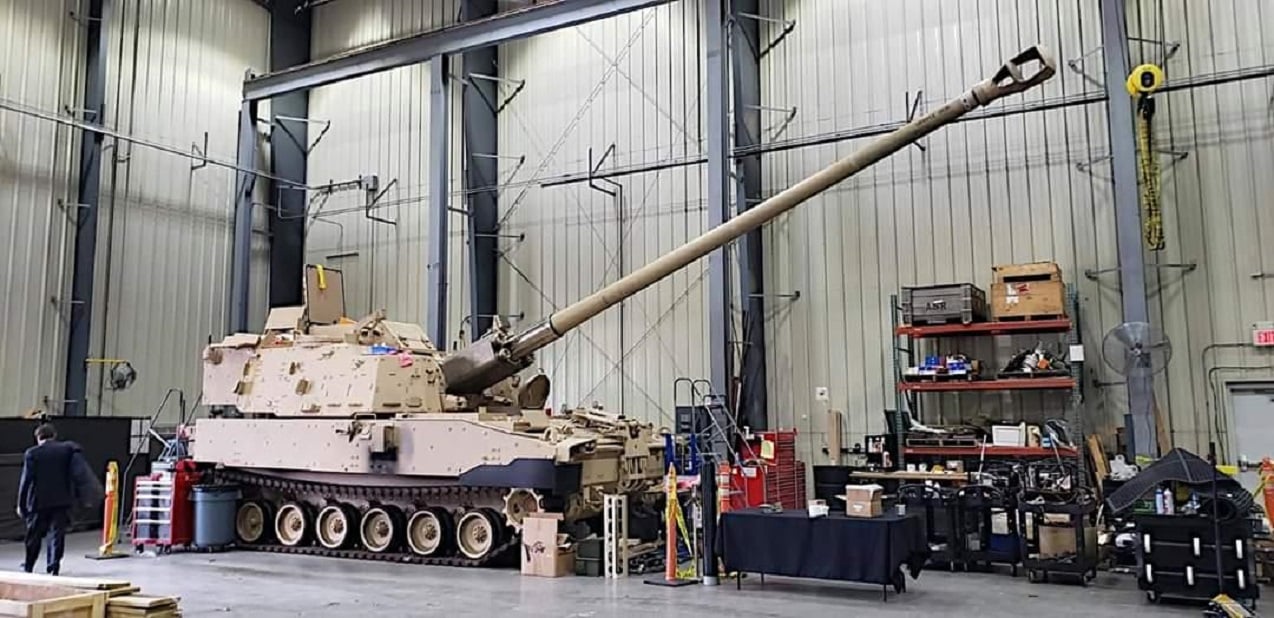
U.S. Navy launches newest nuclear-powered aircraft carrier
The U.S. Navy’s largest shipbuilder, Huntington Ingalls, launched the newest nuclear-powered aircraft carrier nine days after the christening.
Huntington Ingalls Industries’ Newport News Shipbuilding division launched John F. Kennedy (CVN 79) into the James River for the first time.
With the aid of six tugboats, Kennedy was guided down the river about a mile from Newport News Shipbuilding’s Dry Dock 12, where it has been under construction, to the shipyard’s Pier 3. There, the ship will undergo additional outfitting and begin its testing program three months ahead of its original schedule.
“This move is significant in that it represents a shift in focus from erecting the ship in dock to final completion and outfitting at the pier,” said Mike Butler, program director for Kennedy. “It is also a testament to the amazing teamwork I see every day between Newport News Shipbuilding and the Navy as we work together to build Kennedy with valuable first-of-class lessons from the Ford.”
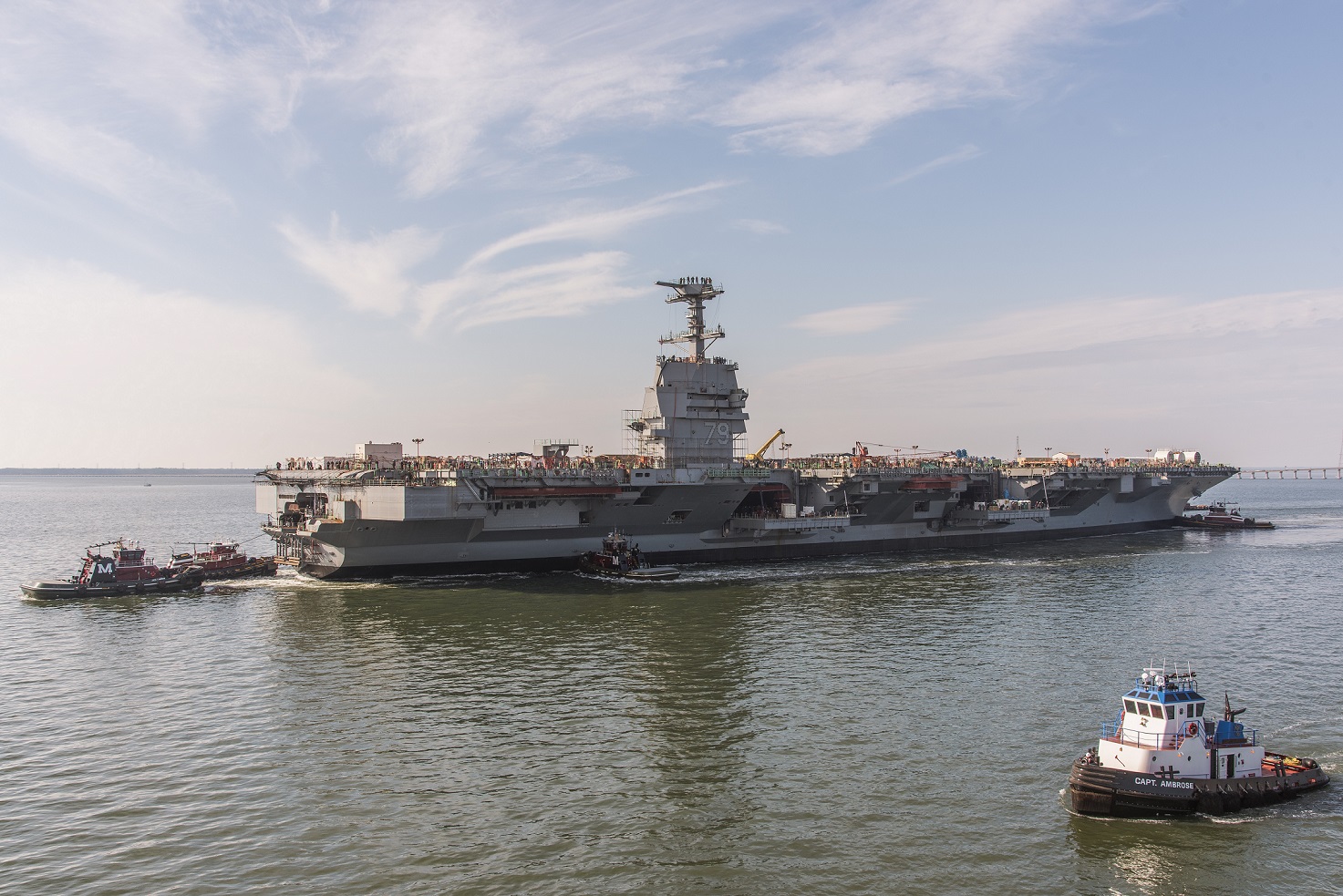
U.S. Air Force regenerates B-52H bomber after sitting in storage for last ten years
Read More




No comments